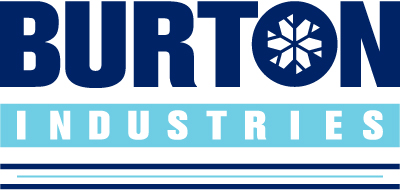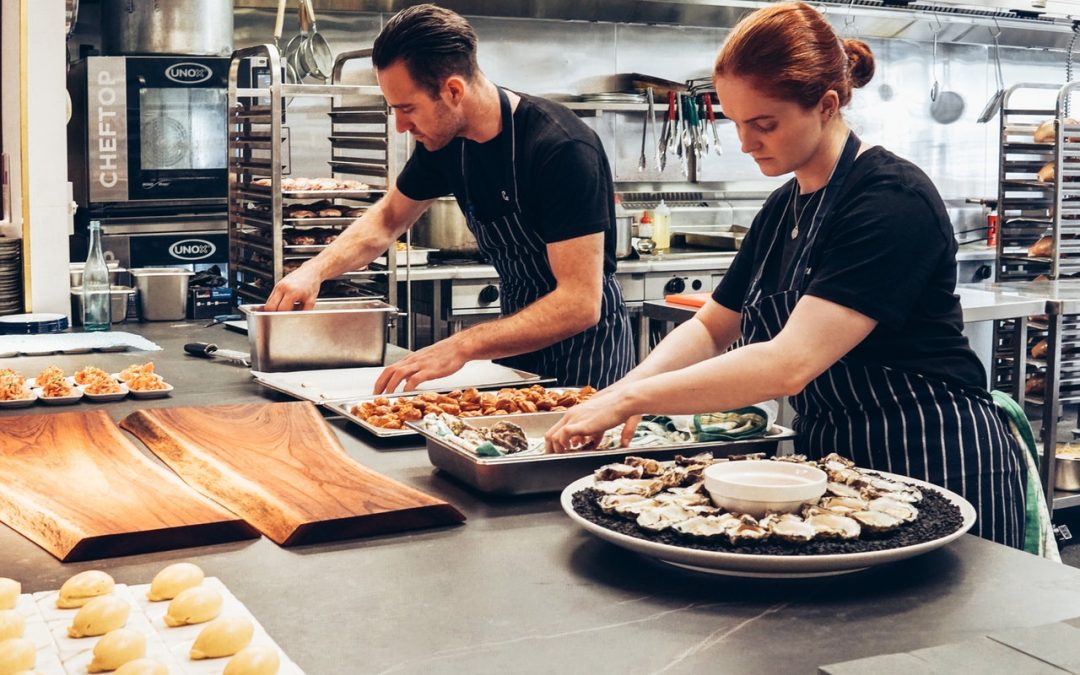Storing food correctly will benefit your business enormously – not only will your refrigeration run more efficiently, saving you on your monthly energy bills, but it will also ensure your food spoilage is lessened. Organising your commercial fridge according to the industry guidelines is key to consistent and successful food service.
Today we give you some handy tips on the best way to organize your commercial refrigerator to ensure your business can run smoothly.
Tips to Effective food storage in your Commercial Fridge
1. Organise your stock
Store meats on lower shelves
- Storing raw meat on lower shelves ensures that any spillage or leakage won’t contaminate your other products. Leakages will drip onto the base of the refrigerator and can be easily cleaned without any cross-contamination. For this reason you should also keep the refrigerator floor empty and free of produce. The lower shelves are also cooler for meat and fish.
Store fruits and vegetables away from fans
- Fans in commercial refrigerators are stronger than domestic fridges. Fresh fruits and vegetables placed too close to these strong fans can suffer from freezer burn or damage.
2. Don’t Overstock
Leave space between products
- If cool air can’t circulate freely between products there is potential for mould to form. You should leave sufficient space between products for the air to move freely. It’s also important to leave space between your produce and the inner walls of the refrigerator. Don’t stack your fridge too high or too low. The bottom shelf should be at least 15cm off the floor. If your commercial refrigerator is cooling as effectively as possible it will reduce your energy consumption.
FIFO Method
- Overfilling your commercial refrigerator has the potential to lead to expired products. Be sure to implement the ‘First in, first out’ or FIFO method – this ensures you or your staff use the freshest food first and lessens wastage.
3. Set the Right Temperature
- Be sure to research the optimal recommended storage temperature for your produce.
A Recommended layout for meats would be:
Top Shelf – pre-cooked foods, condiments
Second Shelf – Seafood
Third Shelf – Whole cuts of raw pork and beef
Fourth Shelf – Ground meat and fish
Bottom Shelf – poultry
4. Schedule Inventory Checks
- To avoid food wastage, it’s important to have a staff member check your supplies regularly. You should check your perishables daily and count your bulk items or non-perishables once a week. Labels can be a handy way to track the freshness of your food – you can quickly dispose of any food that expires
Burton Industries – Coolroom Panels and Temperature Control
As one of Victoria’s leading providers of cold storage solutions, we can help custom build your commercial refrigeration. The very first step to effective commercial refrigeration is ensuring quality insulation. Our modern insulated thermal panels have linings bonded to the EPS (Expanded Polystyrene) core. This ensures that they can withstand a variety of conditions and temperatures without losing structural integrity or physical properties.

